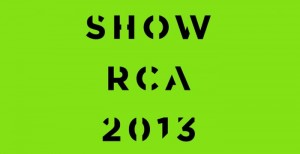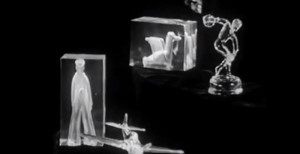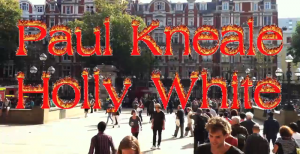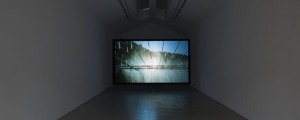At the dawn of its 15th birthday, Art Paris Art Fair at Grand Palais is going through its teen phase of composing its own history and differentiating itself from the older International Contemporary Art Fair (FIAC). Curator Guillaume Piens has taken bold steps towards redefining the event’s identity, defiantly refusing to abide by other blockbuster art fairs and opposing the kitsch tone of previous editions. Another key element of that strategic vision is the strong emphasis on Eastern countries, with a particular focus on Russia, invited as a guest of honour. The 90 Russian artists, represented by 25 galleries out of 144 exhibitors, create an impressive momentum indeed. However, the emerging dynamic goes as far as influencing visitors’ interests and expectations, at the risk of overshadowing the talent of other countries.

The platform dedicated to Russian art, from the 30s to the present, is not sufficient to cover all of its aspects and must concede that the strongest proposals largely blossomed outside the backyard. Amongst these, there’s the alternation of two kinds of creative directions. The first one is related to an art deeply rooted in Russian cultural references, where mockery is never very far from the mind. New York-based conceptual artist, Yevgeniy Fiks, excels in the field documenting historical paradoxes between the United States and the U.S.S.R., with ‘Magnitogorsk guide to the National Gallery of Art’ displayed at Blue Square Gallery and the Song of Russia series at Sator. The artist refers to the America’s financing the Soviets’ First Five Year Plan and a communist propaganda film at the behest of President Franklin D. Roosevelt aimed at gaining Russian support during WWII. Blue Square also exhibited a piece by the popular Andrei Molodkin, entitled ‘Yes We Can Fuck You’, setting its audience into conflict between the geopolitical significance of the oil industry and democracy.
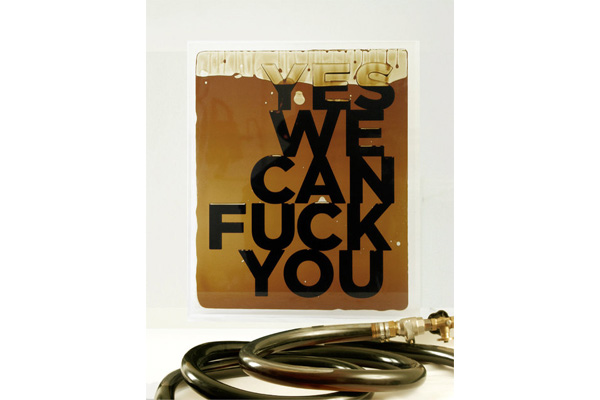
The second direction favours autonomous forms of expression, where Petr Lovigin, whose °Clair Galerie holds exclusive representation, was a pleasant surprise. In the My Louis is not coming back to me series, he takes his idol, Louis Armstrong, to the years of his youth and sends him into an imagined journey over the Russian province. The Recycle Group, made up of Moscovits Andrey Blokhin and Georgiy Kuznetsov and represented by Suzanne Tarasiève Gallery, associates high-tech and industrial technology with mythological or classical themes to depict the portrait of the global manhood.
Launching a new section at Art Paris Art Fair, ‘Promises’ is reserved for galleries that have been established for less than five years and have never participated in the event. Deserving of a special mention is Duplex-10M2, promoting the Bosnian and Balkan art scenes, with two remarkable sets of work by Milomir Kovačević and Radenko Milak, devoted to the guerrilla leader Marshall Tito and the Muslim victims of the conflict in Bosnia-Herzegovina. XPO and Backslash galleries should also not go unnoticed. Respectively, Paul Souviron practises the art of diversion, while Tania Mouraud‘s photographs transform plastic-covered hay bales into subtle landscapes.

This edition of Art Paris Art Fair will surely be remembered for its cosmopolitan regionalism, in striking contrast with the globalisation driving many major art fairs. The modern art contingent has also decreased. Digital arts were notably absent from the fair, offset by a very strong presence of photography. While it is no longer appropriate to criticise the event for being all-French, we can nevertheless question the notion of a featured country. Wouldn’t it be more meaningful in the context of cultural cooperation? Moreover, one still wonders how the ‘affordable’ Art Paris can be complementary to the FIAC, by means other than financial. There is an endless gap between the gallery owners, clearly independent of commerce, and those dealers providing a secondary market, or aligning their choice with customer demand.

